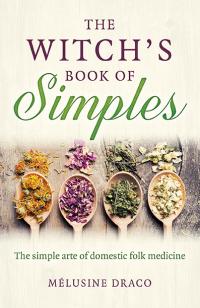
The Witch’s Book of Simples
The simple arte of domestic folk medicine
A Simple is a philtre derived from a single herb and was an important element among the natural resources of the parish-pump witch, wise-women and cunning-folk. Simples are common kitchen ‘stuff’ that has been handed down through generations of country people in the form of family cures for everyday ailments. Or as William Fernie wrote in his Herbal Simples (1897) “The art of Simpling is as old with us as our British hills. It aims at curing common ailments with simple remedies culled from the soil, or got from home resources near at hand.”
These were no fancy recipes with magical formulae, and, often given as a tisane, the women of the household were able to use the remedies to treat common ailments suffered by her family. And, this elementary form of domestic plant medicine can be as simple as a cup of chamomile tea made from flowers picked fresh from our own garden to aid sleep. This was the most elementary way to use medicinal plants since no fancy recipes or scientific acumen was needed as Simples were often given as an infusion or used as a poultice or compress. But this element of traditional witchcraft has long been in the shadows …
As most of my readers will know, I have a fascination for odd and obscure historical facts that are hidden away in the millions of sources that outstrip and confound the confines of the Internet – it’s finding them that presents the stimulation and the challenge. Because if we merely rely on the regurgitated information of contemporary paganism not only does our mind become stagnant, but for those who follow the Craft of the witch, so do our magical abilities.
Over the years I have also incorporated a great deal of folk- cunning- and country-lore into my books on witchcraft with a view to preserving that knowledge for future generations. Much of what even those of my grandparents’ generation once knew is now lost because it was never recorded for posterity. True there are numerous pagan books written about similar subjects but it is obvious that a large number of writers don’t have the countryside in their blood and fail to reflect the magic and mystery of growing up in an uncomplicated rural environment. Strangely enough, these sentiments are often now viewed as some form of elitism but I prefer to go back to the roots of learning rather than consult something that has been cobbled together from different popular titles without any true grounding in Nature.
Finally, special thanks must go to medical herbalist Tish Romanov of The Old Apothecary for giving The Witch’s Book of Simples the once over to make sure I wasn’t about to kill anyone, or that my brain hadn’t failed during the long years since I was first introduced to (and used) these simple domestic plant remedies … and for adding the warnings, cautions and dangers where applicable.
The Witch’s Book of Simples by Melusine Draco is published by Moon Books (www.moon-books.net) ISBN 978 1 78904 789 9 : 188 pp : UK£11.99/US$18.95
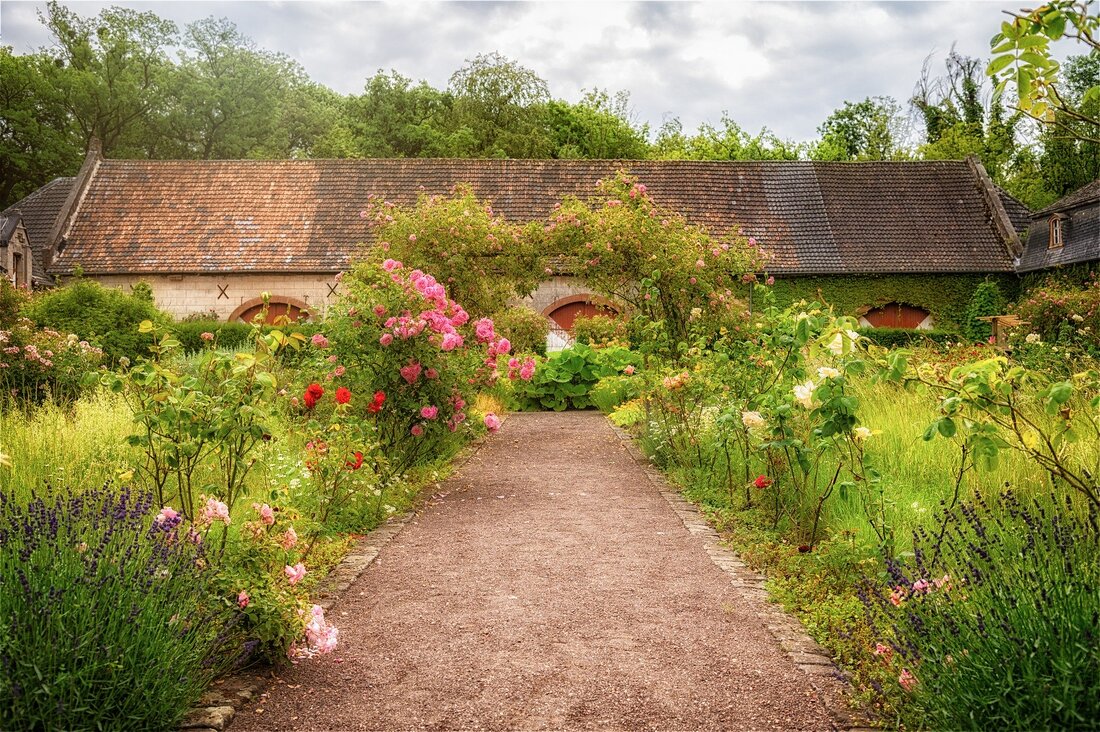
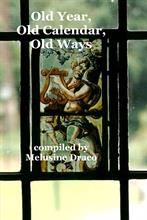
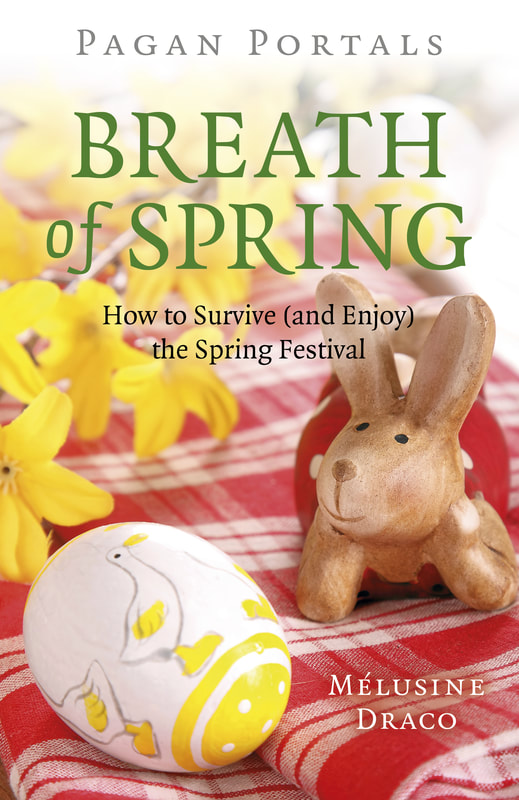

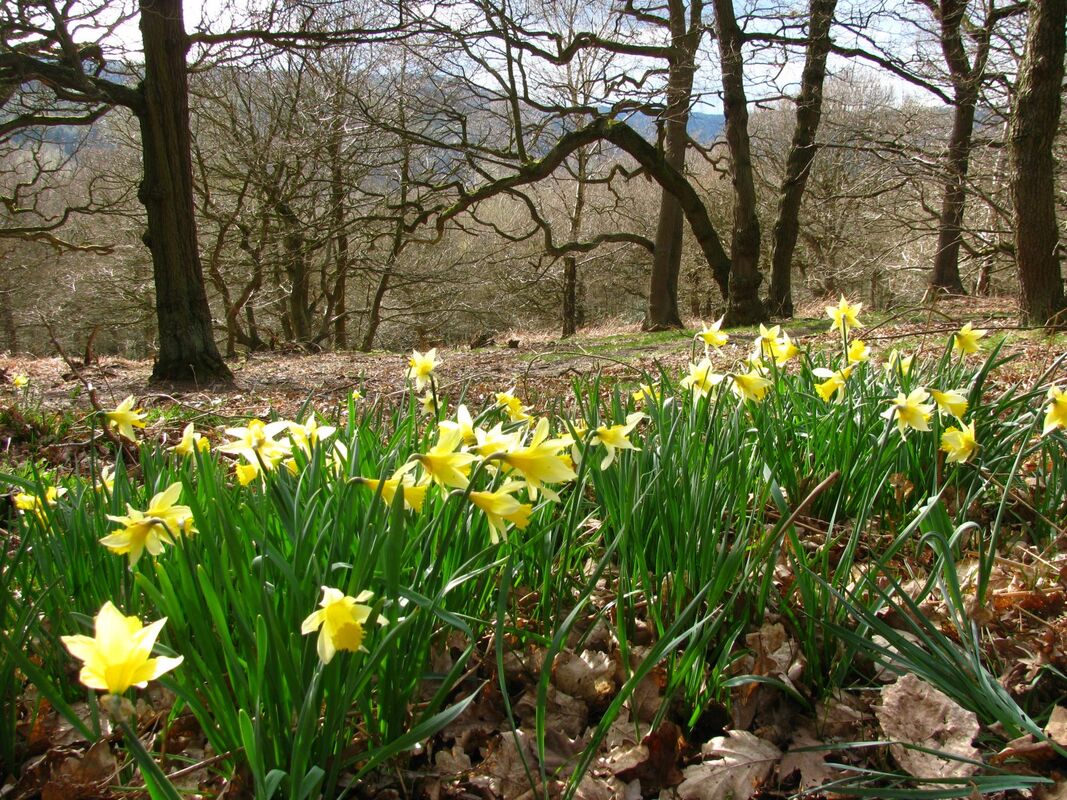
 RSS Feed
RSS Feed